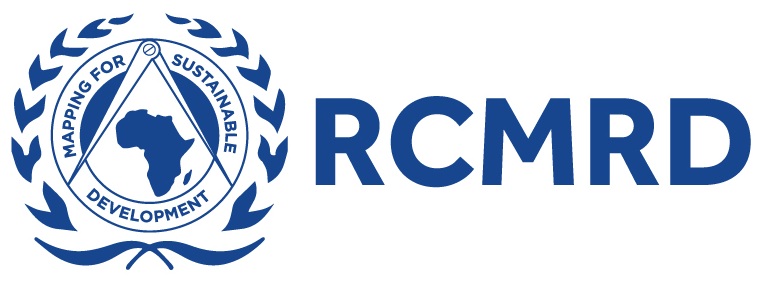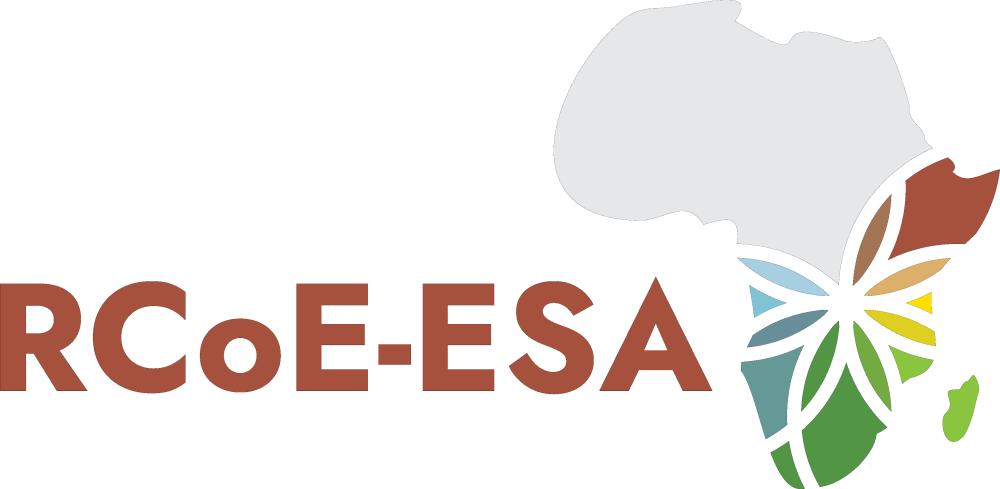 Translate
Translate
Resources
Risk, Vulnerability & Resilience in the Limpopo River Basin - Climate Change, Water and Biodiversity - A synthesis for RESILM
| Author: | OneWorld Consulting for USAID RESILIM |
| Language: | |
| Topic: | Water and River Basins |
| Type: | Research |
| Last updated: | 15 May 2025 |
The USAID Southern Africa-funded Resilience in the Limpopo River Basin (RESILIM ) Program, which commenced operation in June 2012, has the overriding objective to improve the resilience of ecosystems and livelihoods within the basin. The RESILIM strategy integrates water management, biodiversity conservation, and adaptations to climate change, with a
view to building resilience for the long-term sustainability of the basin. Improving the basin’s resilience requires
evidence and action – both of which are supported by the RESILIM program. This report synthesizes the evidence that
has been developed in order to inform investments in, and actions for, building resilience in the Limpopo River Basin
A snapshot of the Limpopo River Basin highlights existing water scarcity The Limpopo River Basin is a complex transboundary system that supports 18 million people across the riparian states of Botswana, Mozambique, South Africa and Zimbabwe. It is
an important agricultural area, has extraordinary mineral resources and is exceptionally rich from a biodiversity point
of view. It also contains portions of South Africa’s most important urban and industrial centers. Economic growth is
accelerating in some basin countries, largely underpinned by developments in the extractive sector, while population growth
and urbanization characterize each of the basin countries.
This is all supported by an essential and increasingly valuable resource – water. As an increasingly scarce commodity in the basin, water poses the biggest threat to the livelihoods, economies and ecosystems of the river basin system. Particularly visible in the Limpopo River Basin are the tight cause-and-effect linkages between climate, biodiversity and
water. The basin is mostly semi-arid, with a highly variable climate, and is periodically exposed to severe droughts
and floods. It has widely divergent land-use patterns, ecosystems and social, economic and governance systems.
Its water resources are already over-subscribed; rainfed agriculture relies heavily on the basin for food production
and livelihoods are largely based on climate-sensitive natural resources. Home to mostly rural communities, poverty is prevalent in the basin, with relatively undiversified economies in some parts, and insufficient public and private
resources being directed to the area. As a result, the basin is highly vulnerable to shocks such as resource shortages
and climate-related risks.










